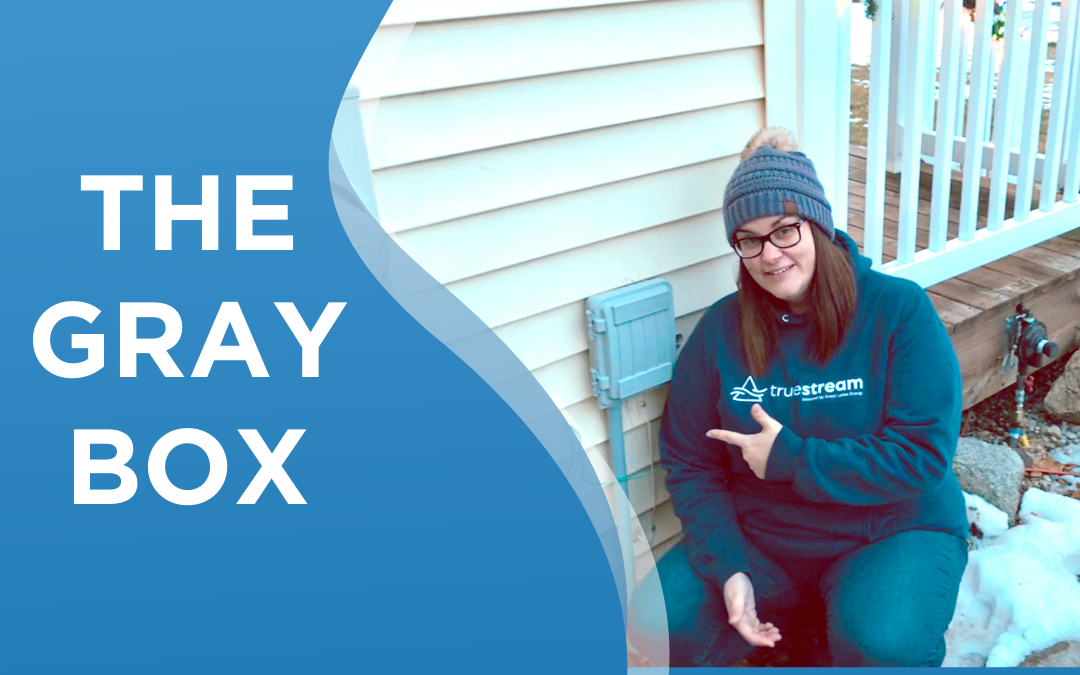Welcome to our new series, where I’ll discuss some of our most frequently asked questions more in-depth. My name is Julie, and I’ll be your host. Some of you may have read some of my previous posts, like this one – by the way, for those of you dying to know, she just decided to use the potty one day and never looked back. Anywho, I work in the communications and marketing department and I have been with Great Lakes Energy for almost 11 years. I am also a Great Lakes Energy member and current Truestreamer.
Let’s start this off with our number one question from everyone in our active areas – “I have the gray box, when will I be hooked up?” Or maybe more accurately, “I’ve had the gray box for X months, when will I be hooked up?”
We all have expectations and ideas of the way things ‘should’ be but sometimes the answer is not so simple. Let’s get real and break it down with the big picture.
We’re building a brand-new network – and a lot of people are interested, all at once.
That’s really a good problem to have – but it means it will take time to reach everyone. We wish the whole process was as easy as ‘just hanging a fiber line on the pole’, but the fact is, it’s not – there are A LOT of steps involved. We appreciate your patience.
We’re all familiar with the routine of calling up an established provider in our area, requesting their service, and getting connected fairly quickly. Remember, they have already built their network and connected most of the homes in the area, so a new customer here or there isn’t a big undertaking.
We are still establishing our network. As we build our infrastructure, it makes logistical sense for our construction crews to complete the entire outside construction process, including installing the gray box. When we install the gray box, it doesn’t always mean the rest of the entire network in your service area is complete and you are ready for your connection.
Sometimes, though, after that gray box is installed, you are ready for service – I told you it wasn’t simple. This is where the ‘lots of interest, all at once’, comes into play, along with other factors.
Factors like:
- Construction – our outside construction crews who bring the fiber line from the mainline to the gray box on your home outnumber in-home fiber installers (more about that in a minute).
- Michigan weather – construction moves fast in the warmer months, then slows down in the colder months. In-home installations are not weather dependent which ensures we have work for our in-home technicians year-round.
- Scheduling – believe it or not, reaching some members to schedule installation can be difficult! Add in members calling us to schedule (we ask that you wait for us to call), geographical logistics, seasonal members, and maintaining excellent customer service through the whole process. All of these things take employee time and we’re learning and making progress.
- Pandemic – We’re thankful to be an essential service, but we are very conscious of the need to enter your home and we prefer to be cautious. If that means an employee needs to be quarantined, we follow proper recommended guidelines.
Why not hire more employees – especially in-home installers?
We will – but it is a balancing act and we continually evaluate all departments and which service areas need additional employees.
Truestream employees are Great Lakes Energy employees. We take pride in working and providing quality services in the communities in which we live. Most employees consider themselves lifers. We have high expectations for any employee that works directly with our members, and the customer service and technical training needed for our in-home installation techs doesn’t always lend itself to outside contractors or temporary employees, nor do we want to hire an employee and then expect them to pick up and move their family as construction moves.
So, what changes are we making?
- We’ve hired additional staff, but if you’re looking for a career change, keep an eye on https://gtlakes.applicantpro.com/jobs/. Apply and we’ll keep your application on file.
- We have an optional self-installation program plan in place. If necessary, we will offer the program again.
Did you know the gray box has a real name? In technical circles, it is called a Network Interface Device (NID) or sometimes a Network Interface Box (NIB). We actually prefer to call it the good ole’ ‘gray box’ around here. Gray is the new black, right?

